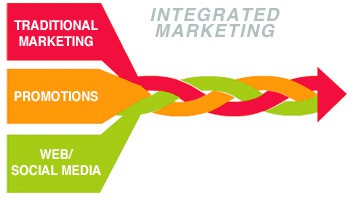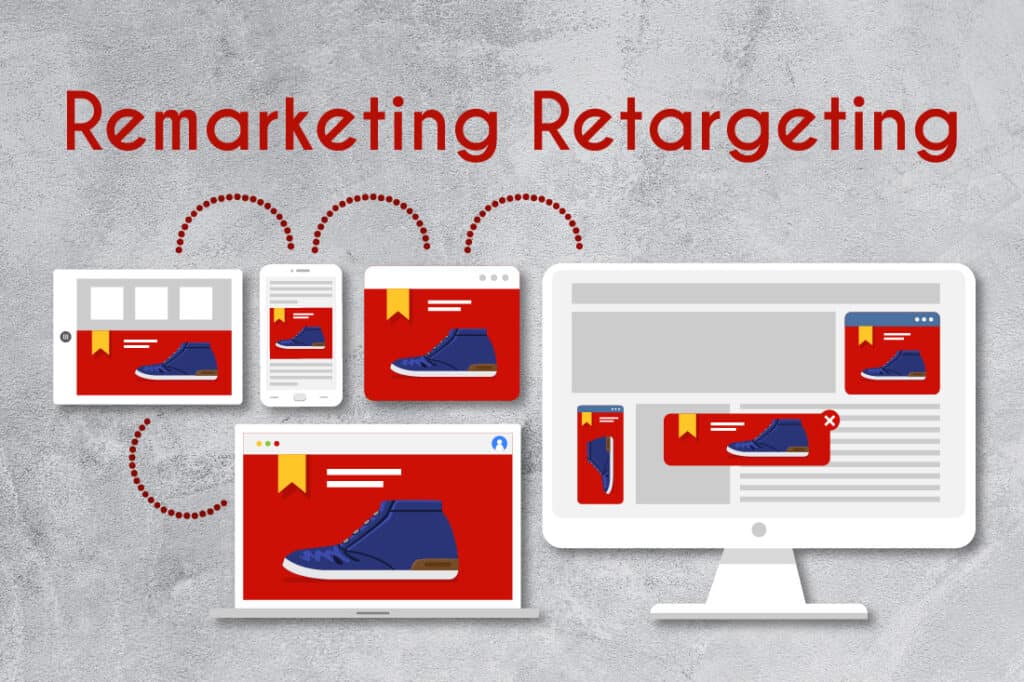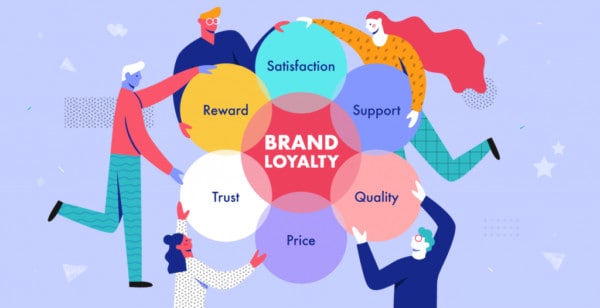With the rise of social media and other digital marketing channels, some may question whether email marketing is still relevant in 2023. The answer is yes. Email marketing continues to be one of the most effective ways to reach and engage with potential customers. In fact, according to a study by Campaign Monitor, email marketing has an ROI of 4400%, meaning for every dollar spent, you can expect a return of $44.
In this blog post, we’ll explore why email marketing is still relevant in 2023.
1. Personalization

Personalization is a key factor in the success of email marketing. When subscribers receive emails that are tailored to their interests and needs, they are more likely to engage with your content and take action.
One way to personalize your emails is by using subscriber data to create targeted messages. This can include information such as their name, location, and past behavior on your website or with your brand. By segmenting your list based on this data, you can create targeted campaigns that speak directly to each subscriber.
Another way to personalize your emails is by using dynamic content. This allows you to show different content to different subscribers based on their preferences or behavior. For example, you could show different products or offers to subscribers based on their past purchases or browsing history.
Advances in technology are also making personalization in email marketing even more effective. AI can now be used to predict which products or services a subscriber is most interested in based on their behavior and preferences. This means you can deliver even more targeted and relevant messages that are more likely to result in a sale.
2. Automation

Email marketing automation allows you to send targeted messages to subscribers based on their behavior and actions. This can include things like abandoned cart reminders, welcome series, and post-purchase follow-ups.
By automating these messages, you can save time and resources while still delivering timely and relevant messages to subscribers. This can help to keep your brand top of mind and ultimately drive more sales.
Automation can also be used to nurture leads over time. By sending a series of automated emails to subscribers who have shown interest in your products or services, you can build trust and credibility with them and encourage them to eventually make a purchase.
3. Mobile Optimization

With more and more people checking their email on their mobile devices, it’s essential to ensure your emails are optimized for mobile viewing. This means using responsive email templates that adapt to the size of the screen they are being viewed on.
Email marketing platforms such as Mailchimp and Constant Contact offer mobile-optimized email templates that are easy to use and ensure your emails look great on any device.
4. Cost-Effective

Compared to other digital marketing channels, email marketing is relatively low-cost. Most email marketing platforms offer tiered pricing based on the number of subscribers, so you only pay for what you need. This makes it a great option for small businesses or those with limited marketing budgets.
In addition, email marketing allows you to reach a large audience with minimal effort. Once you’ve created a campaign, you can send it to thousands of subscribers with just a few clicks. This makes it a scalable marketing channel that can grow with your business.
5. Measurable Results

One of the biggest advantages of email marketing is the ability to track and measure your results. Most email marketing platforms offer detailed analytics that allows you to see how many people opened your email, clicked on links, and even made a purchase.
This data can be used to optimize future campaigns and improve your overall marketing strategy. By analyzing your results, you can learn what works and what doesn’t and make data-driven decisions to improve your ROI.
6. Integration with Other Marketing Channels

Email marketing can also be integrated with other marketing channels to create a cohesive and effective marketing strategy. For example, you can use email to promote your social media profiles or include links to your blog posts or videos.
By integrating your email marketing with other channels, you can increase your brand exposure and engage with your audience across multiple touchpoints. This can also help to drive traffic to your website and ultimately lead to more conversions.
7. Retargeting and Remarketing

Retargeting and remarketing are powerful strategies that allow you to target subscribers who have already shown interest in your products or services. This can include sending abandoned cart reminders, following up with previous customers, or targeting subscribers who have engaged with specific content on your website.
By retargeting and remarketing to these subscribers through email, you can re-engage them and encourage them to make a purchase. This can result in higher conversion rates and a better return on investment for your email marketing campaigns.
8. Building Brand Loyalty

Email marketing can also be used to build brand loyalty and encourage repeat business. By delivering valuable content and promotions to your subscribers on a regular basis, you can keep the brand on top of your mind and encourage them to continue doing business with you.
In addition, email marketing allows you to personalize your messaging and show your subscribers that you understand their needs and preferences. This can help to build trust and strengthen your relationship with your audience over time.
9. Compliance with Data Privacy Regulations

As data privacy regulations continue to evolve, email marketing remains a compliant and secure marketing channel. Most email marketing platforms offer features to help you stay in compliance with regulations such as GDPR and CCPA.
By following best practices for data privacy and using a reputable email marketing platform, you can ensure that your subscribers’ data is secure and that you are using it in a responsible and ethical manner.
Conclusion
Email marketing is still a relevant and effective marketing channel in 2023. By using personalization, automation, mobile optimization, cost-effectiveness, and measurable results, you can reach and engage with potential customers and ultimately drive sales for your business.
To make the most of email marketing, be sure to use subscriber data to create targeted and relevant messages, automate your campaigns to save time and resources, optimize your emails for mobile viewing, take advantage of the cost-effectiveness of the channel, and measure your results to continually improve your strategy.


